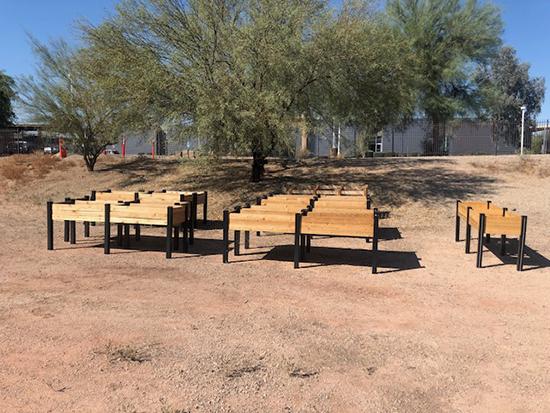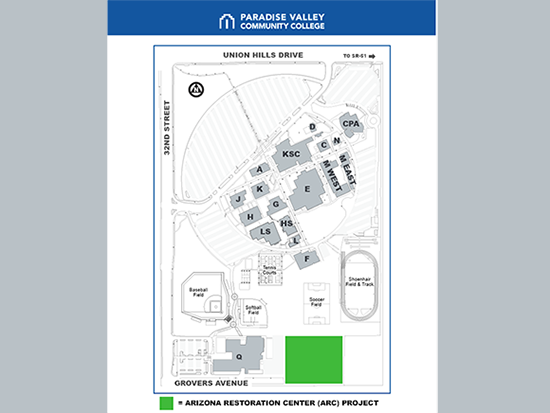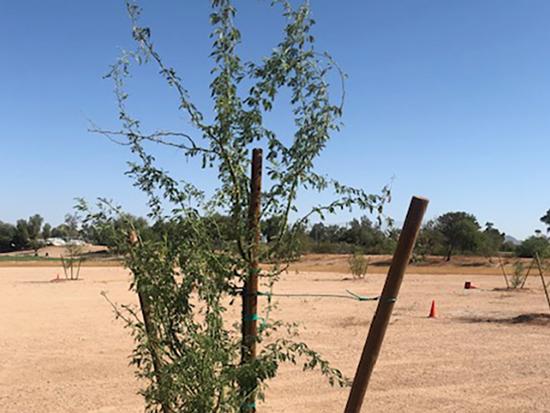A Little Bit About Each Tree
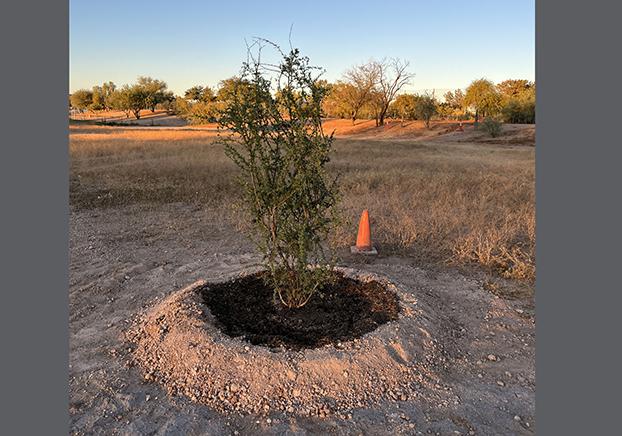
Desert Ironwood
Desert ironwood boasts dense and strong wood that is used for construction, furniture, and woodworking. Although people may know and like ironwood for its commercial uses, its ecosystem services are underrated. Its incredibly hard wood holds vast amounts of carbon in its above-ground biomass, aside from the carbon that is fixed to the soil. As a matter of fact, ironwood will hold onto the carbon within its trunk and limbs long after its death. Studies have shown desert ironwood to have comparatively higher nesting sites than other native trees, showing that animals love it too.
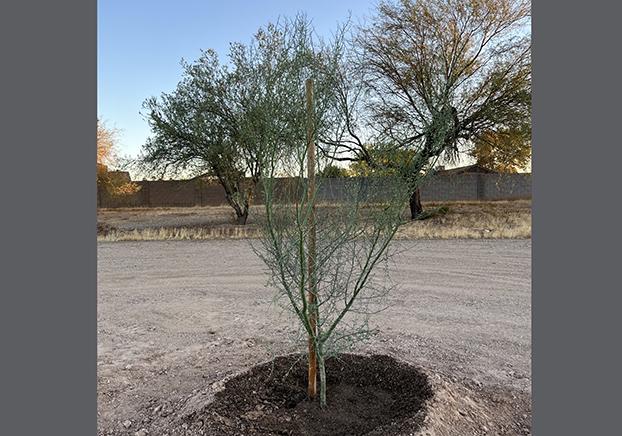
Blue Palo Verde
Blue palo verde can be recognized by its blueish-green bark and beautiful yellow flowers when in bloom. One cool thing about palo verde is that it has chlorophyll throughout its trunk. Chlorophyll is one of the heroes of photosynthesis that allows plants to harness energy from the sun. This green compound being present throughout the palo verde’s trunk, limbs, and leaves enables it to photosynthesize across its entire above-ground surface area.
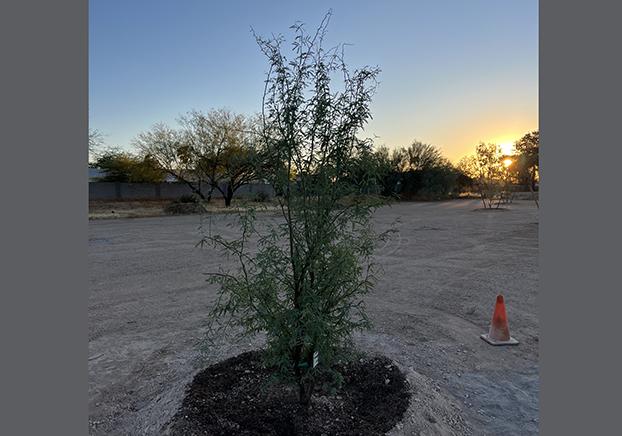
Velvet Mesquite
Studies have shown velvet mesquite to have unique symbiotic (mutually beneficial) interactions between its roots and the tiny creatures living within soil known as soil microbiota. These soil microbiota thrive on the nitrogen carried into velvet mesquite’s root systems. Mesquite roots form nodules (round masses) hosted by the nitrogen-fixing bacteria, which in turn make the soil more nutrient-rich for the mesquite itself and surrounding plants.
Wildlife Sightings
Here are some of the beautiful birds sighted at the Arizona Restoration Center, photographed by faculty member Nik Byles.
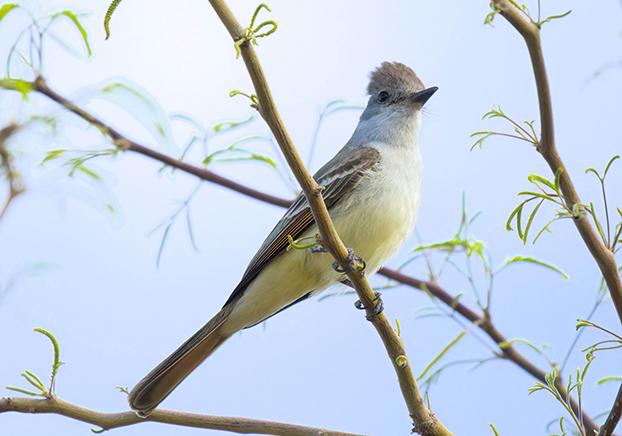
Ash-Throated Flycatcher
Ash-Throated Flycatcher
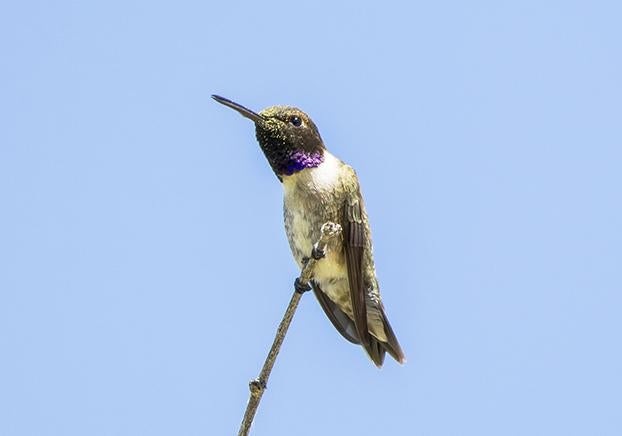
Black Chinned Humming Bird
Black Chinned Humming Bird
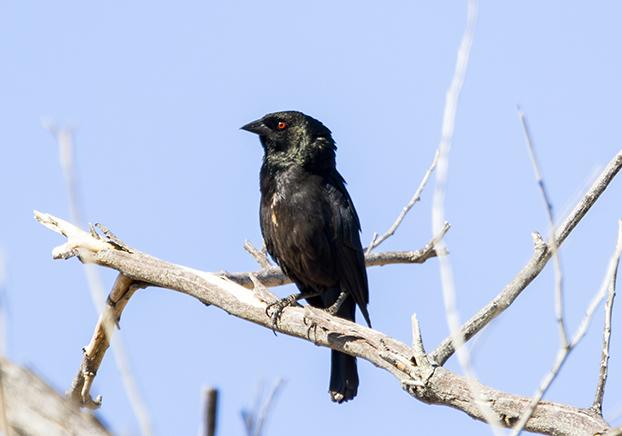
Bronzed Cowbird
Bronzed Cowbird
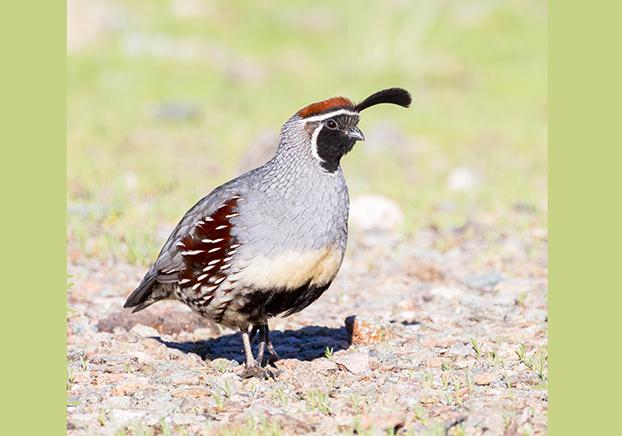
Gambel's Quail
Gambel's Quail
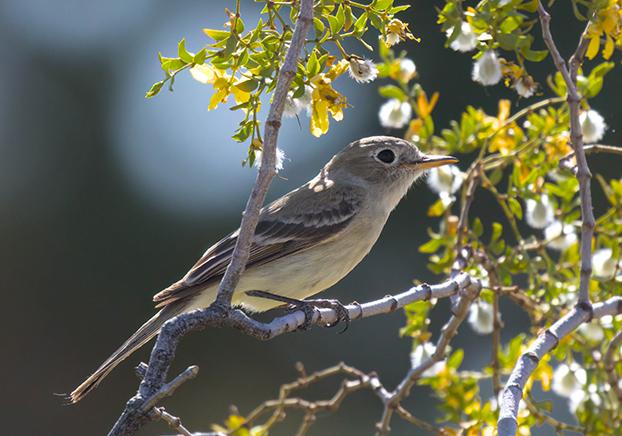
Gray Flycatcher
Gray Flycatcher
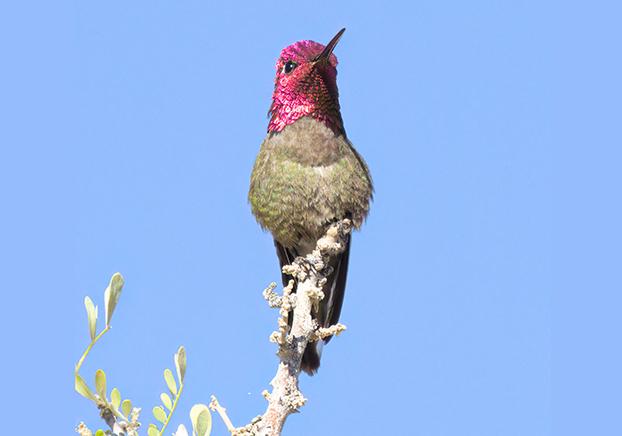
Hummingbird
Hummingbird
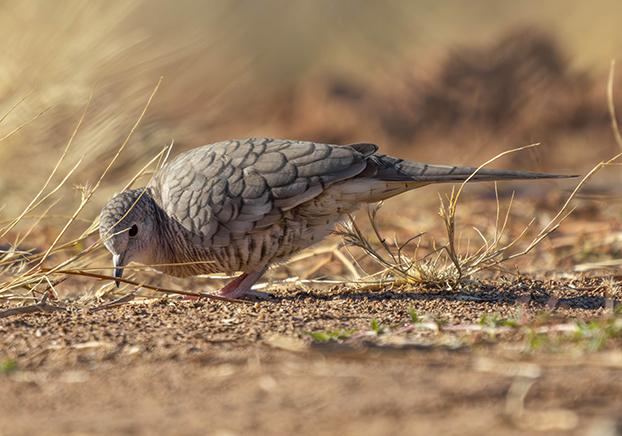
Inca Dove
Inca Dove
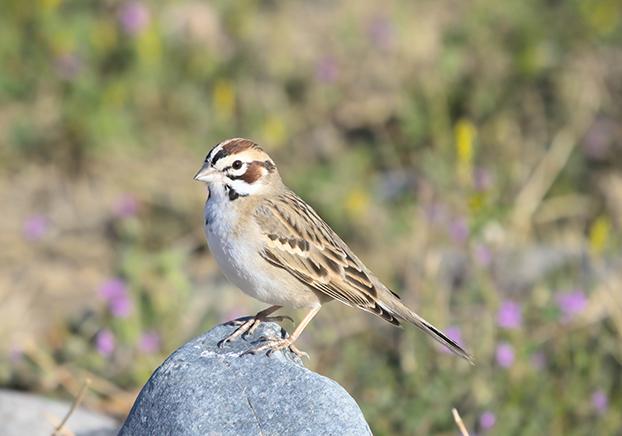
Lark Sparrow
Lark Sparrow
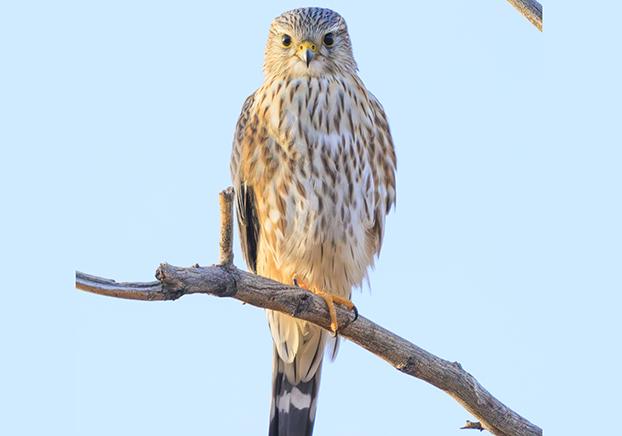
Merlin Falcon
Merlin Falcon
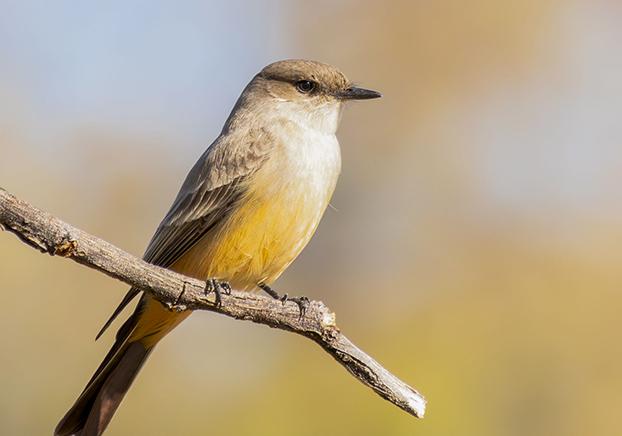
Say's Phoebe
Say's Phoebe
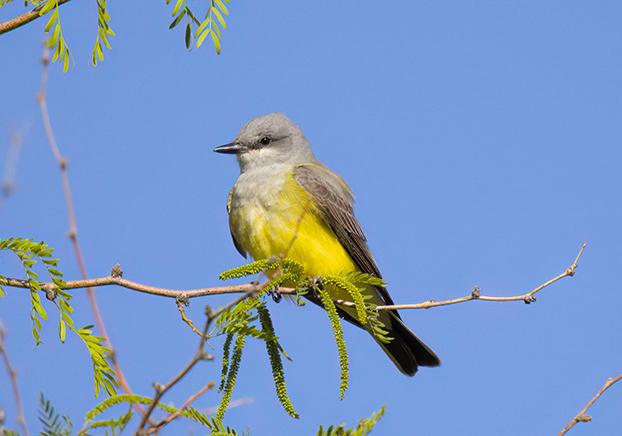
Western Kingbird
Western Kingbird
